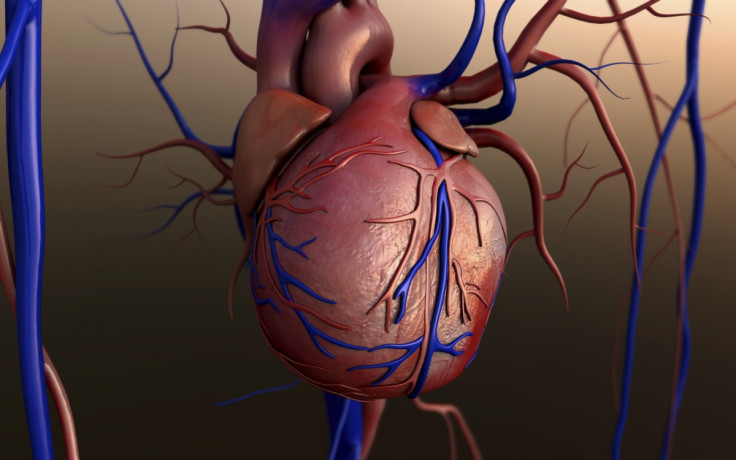Male and female hearts grow old in different ways

Men's and women's hearts do not age in the same way, with the left ventricle muscle getting bigger and thicker with time in men and smaller in women. A team of researchers from the Johns Hopkins University School of Medicine looked at almost 3,000 adult hearts over 10 years and used MRI scans to examine how they had changed over time.
In both men and women, the left ventricle (the heart chamber that pumps blood around the body) gets smaller over time, meaning less blood enters the heart and gets pumped out. However, in men the muscle surrounding it gets bigger and thicker and in women the muscle retains its size or gets smaller.
The findings, published in the journal Radiology, suggest the need for gender-specific treatments for cardiovascular disease – while both sexes suffer from heart problems, the study indicates they do so for different reasons. Senior study author João Lima explained: "Our results are a striking demonstration of the concept that heart disease may have different pathophysiology in men and women and of the need for tailored treatments that address such important biologic differences."
Scientists looked at MRI scans of people aged between 54 and 94 with no pre-existing heart disease. They were then followed for 10 years. While previous research has assessed how the heart changes over time using ultrasound, the team say this is the first long-term follow-up study using MRI, which provides a more detailed and reliable picture of the structure and function of the heart.
Through the scans, they could work out the size and volume of the heart muscle and could calculate its weight. In men, the left ventricle muscle increased by an average of 8g. In women, it decreased by 1.6g. The ventricle filling capacity decreased in both sexes, but slightly more in women.
Lead investigator John Eng said: "We had the opportunity to re-examine the same people after 10 years so that we could see what happened to their hearts after a decade. This is a more reliable way to assess left ventricular changes over time.
"The shape of the heart changes over time in both men and women, but the patterns of change are different. Men's hearts tend to get heavier and the amount of blood they hold is less, while women's hearts don't get heavier." Researchers added that the differences in size, volume and pumping ability occurred separate from other risk factors like body weight, exercise levels, smoking and blood pressure.
Heart failure is characterised by the gradual weakening of the heart muscle and pumping ability. Often, cardiologists prescribe drugs designed to reduce the thickness of the heart muscle and boost cardiovascular performance. But the latest study suggests women would not necessarily benefit from such treatments. "We've been talking a lot lately about personalised medicine, and here's an example where perhaps men and women might have to be treated differently," Eng said.
© Copyright IBTimes 2025. All rights reserved.






















